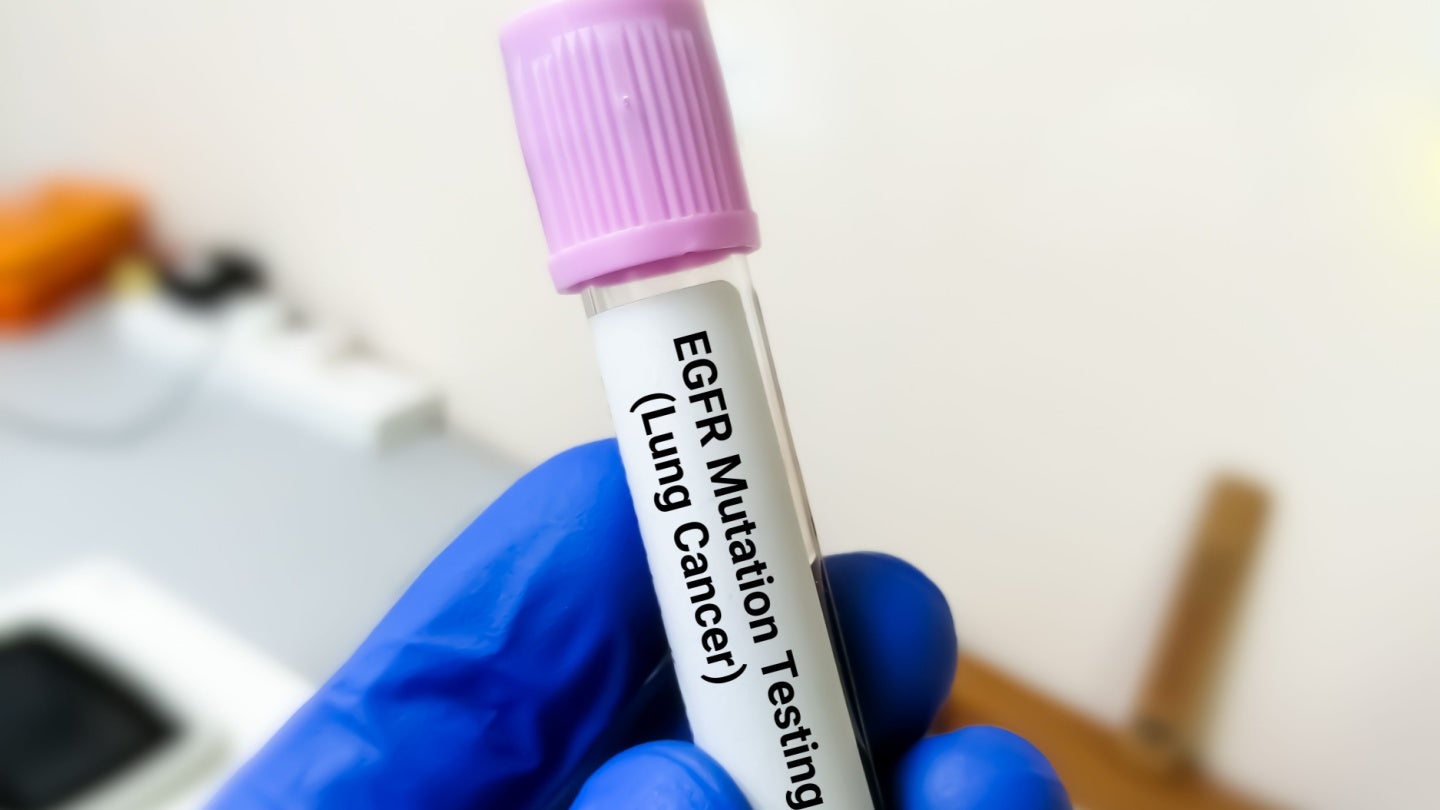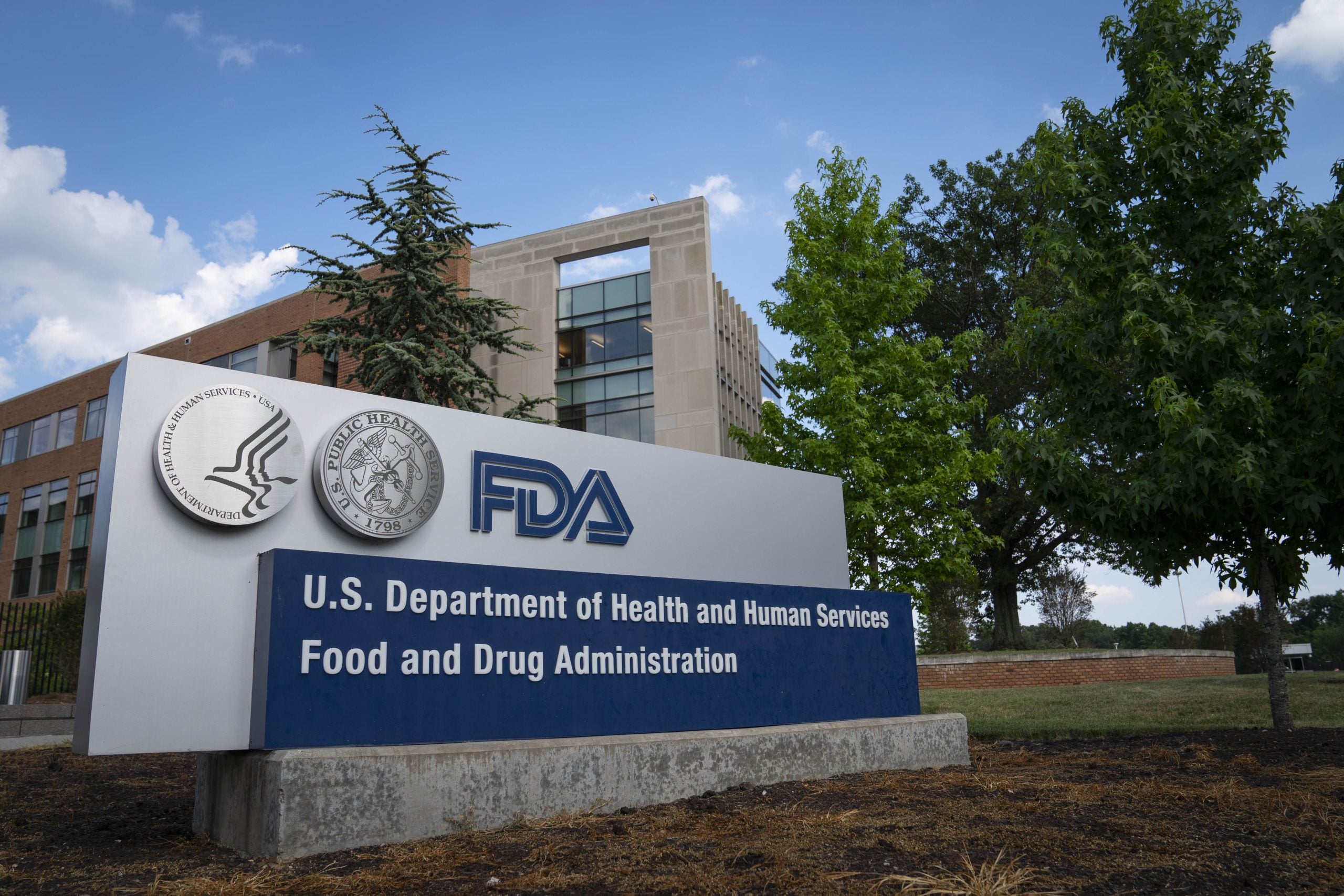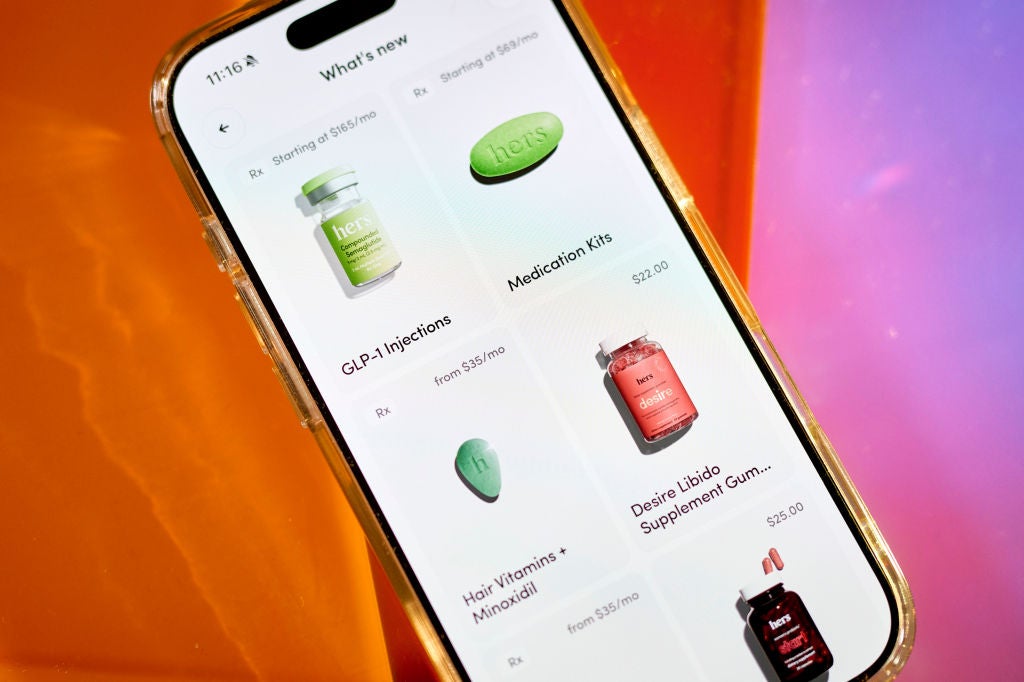Study Reveals That 20% of Food and Beverage Products in the US Contain Synthetic Dyes
As the quest for healthier eating continues to gain momentum, a new study sheds light on a concerning reality in the American food landscape—19% of packaged foods and beverages are tainted with synthetic food dyes. This striking statistic arises from an extensive analysis that evaluated 39,763 products available in US grocery stores, marking a critical […]


As the quest for healthier eating continues to gain momentum, a new study sheds light on a concerning reality in the American food landscape—19% of packaged foods and beverages are tainted with synthetic food dyes. This striking statistic arises from an extensive analysis that evaluated 39,763 products available in US grocery stores, marking a critical moment in the conversation about food safety and child health. The findings, published in the Journal of the Academy of Nutrition and Dietetics, underscore the alarming prevalence of these additives, which have increasingly come under scrutiny for their potential adverse health effects, especially on children.
Synthetic food dyes are primarily employed by manufacturers to enhance the aesthetic appeal of their products, drawing in consumers, particularly children. The vivid colors can make sugary snacks and drinks more enticing, but a mounting body of research indicates that these artificial colorants can exacerbate behavioral issues such as hyperactivity and inattention. An alarming aspect is the fact that these choices are often marketed toward vulnerable populations—children—who may not be aware of the potential risks associated with these brightly colored treats. The implications of this are particularly troubling as research has connected these additives with negative health outcomes, prompting both parents and health advocates to push for a reevaluation of food labeling practices and safety regulations.
The collaborative effort by researchers from The George Institute for Global Health, the University of North Carolina, and the Center for Science in the Public Interest highlights the juxtaposition of consumer choice against corporate marketing strategies. The study focused intensively on the top 25 US food manufacturers and scrutinized products from the five food categories that are most frequently targeted at children. These include confectionery items, sugar-sweetened beverages, ready-to-eat meals, breakfast cereals, and popular baked goods. Strikingly, the study revealed that synthetic dyes were present in 28% of products in these categories, emphasizing a stark contrast to the mere 11% found in products outside these popular food groups.
.adsslot_A9jrHCqNwI{ width:728px !important; height:90px !important; }
@media (max-width:1199px) { .adsslot_A9jrHCqNwI{ width:468px !important; height:60px !important; } }
@media (max-width:767px) { .adsslot_A9jrHCqNwI{ width:320px !important; height:50px !important; } }
ADVERTISEMENT
An important correlation drawn from the study concerns the sugar content of these brightly colored foods. On average, products containing synthetic dyes boasted sugar levels that were 141% higher than those which did not include these additives. This stark discrepancy reflects a troubling trend in consumer goods—companies may be strategically utilizing synthetic dyes in order to market their sugar-laden products more effectively. The research indicates that this practice not only endangers child health via excessive sugar consumption but also complicates the already challenging space of responsible nutrition advocacy.
Dr. Elizabeth Dunford, a Research Fellow at The George Institute and an expert in nutrition, articulates the implications of finding synthetic dyes still prevalent within the US food system as a cause for concern. The persistence of these additives, despite the wealth of evidence amassed over the past 40 years detailing their potential health harms, paints a dire picture of corporate compliance and consumer safety choices. The continued availability of colorful, sugary products poses risks to children’s health and cognitive functioning, while also challenging parents’ awareness and choices.
One particularly notable revelation of the study was the outsized presence of synthetic dyes among confectionery brands, amply represented by big names in the industry. Ferrero and Mars emerged as prime offenders, with 60% and 52% of their products respectively containing synthetic food dyes. Likewise, PepsiCo’s portfolio of energy drinks displayed a troubling trend, with 51% found to contain these additives. Even more concerning, a staggering 79% of all sports drinks—regardless of the manufacturer—drew upon synthetic dyes to enhance their visual appeal. Such findings not only indicate corporate practices but also encourage scrutiny of the overall industry standards concerning food additives.
Dr. Thomas Galligan, Principal Scientist for Food Additives and Supplements at the Center for Science in the Public Interest, aptly described the U.S. food supply’s reliance on synthetic dyes as unnecessary. He critiques the FDA’s recent appeal to the food industry for a voluntary phase-out of synthetic dyes, noting a history of broken commitments from various companies. The lack of regulatory teeth behind such recommendations raises questions about the potential for meaningful change from the food sector, suggesting that consumer health may continue to be compromised by profit-driven motives.
Advocacy for stronger regulations has gained momentum, and Dr. Galligan’s call for the introduction of warning labels similar to those mandated by the European Union could drive substantial reform within the industry. These labels would not only provide consumers with crucial information but would also motivate food manufacturers to adjust their formulations. Greater consumer protection and transparency in the food supply chain are essential as consumers increasingly demand healthier alternatives. Such measures could bridge the gap between scientific consensus around the dangers of synthetic dyes and the current practices of major food manufacturers, promoting a shift toward safer options.
In response to the study’s findings, there is a glimmer of hope as multiple states in the U.S. have introduced legislation aimed at addressing the use of synthetic dyes in food products. This trend signifies an increasing recognition among policymakers of the need to prioritize public health and uphold consumer rights. However, advocates emphasize that until more stringent regulatory measures are in place, parents and health-conscious consumers must remain vigilant when selecting food products. This vigilance involves checking ingredient labels for synthetic dyes and added sugars—two components that have been linked to negative health outcomes in children.
In this journey toward improving food safety and health outcomes for children, both parents and policymakers play a pivotal role. While the research highlights persistent challenges in combating the prevalence of synthetic dyes in food products, it also empowers consumers with knowledge. Shifting consumer behavior through informed choices can ultimately influence food companies to reconsider their sourcing and formulation practices—a collective move toward a healthier, more transparent food system.
As this conversation evolves, the growing body of evidence provides a critical backdrop. The intersections of dietary choices, marketing practices, and compliance standards continue to be crucial elements in addressing public health challenges, particularly in relation to children’s nutrition. Consumers armed with this knowledge can advocate for change—both at the dinner table and in the halls of power. In an era where consumer awareness is more potent than ever, it is essential that manufacturers respond to the health demands of their audience. The outcome hinges on public accountability and a unified commitment to a healthier food landscape for generations to come.
While synthetic food dyes’ color may glitter, the underlying message—about the health risks associated with these additives—should not be overlooked. Addressing their continuation in the food supply can fuel a larger movement aimed at fostering better nutrition and safeguarding the health of future generations. As the science behind synthetic dyes unfolds, one thing becomes increasingly clear: the quest for healthier, safer food choices is far from over.
Subject of Research: Synthetic food dyes and their prevalence in US packaged foods and beverages
Article Title: All the Colors of the Rainbow: Synthetic Dyes in US Packaged Foods and Beverages in 2020
News Publication Date: 25-Jun-2025
Web References: Journal of the Academy of Nutrition and Dietetics
References:
Dunford EK et al. “All the colors of the rainbow: Synthetic dyes in US packaged foods and beverages in 2020.” Journal of the Academy of Nutrition and Dietetics. 2025.
Image Credits: N/A
Keywords
Synthetic food dyes, health risks, children’s health, nutrition, food industry, public health policies, consumer advocacy.
Tags: analysis of grocery store productschild health and food safetyfood industry practices and consumer awarenessharmful effects of synthetic additiveshealth effects of artificial colorantshealthier eating trends in Americaimpact of food dyes on behaviorJournal of the Academy of Nutrition and Dietetics studymarketing of unhealthy food to childrennutrition and dietary concernsprevalence of food additives in the USsynthetic food dyes in packaged foods
What's Your Reaction?

































